Wednesday, April 17, 11:30am-1pm, Donald C. Harrison Health Sciences Library, Stanley J. Lucas MD Board Room
Join the Henry R. Winkler Center for the History of the Health Professions at an April 17th Lunch & Learn, “Vesalius, Mascagni and anatomical mega prints – A personal journey.” Renaissance anatomist and physician Andreas Vesalius (December 1514 – June 1564), revolutionized the study and practice of medicine by his careful descriptions and anatomical studies of the human body. Efrain Miranda, PhD, CEO of Clinical Anatomy Associates, Inc, will discuss Vesalius’s life and his obsession with large images that led to the printing of the “Fabrica” in 1543, and through the centuries led to the “New Fabrica” by Garrison and Hast.
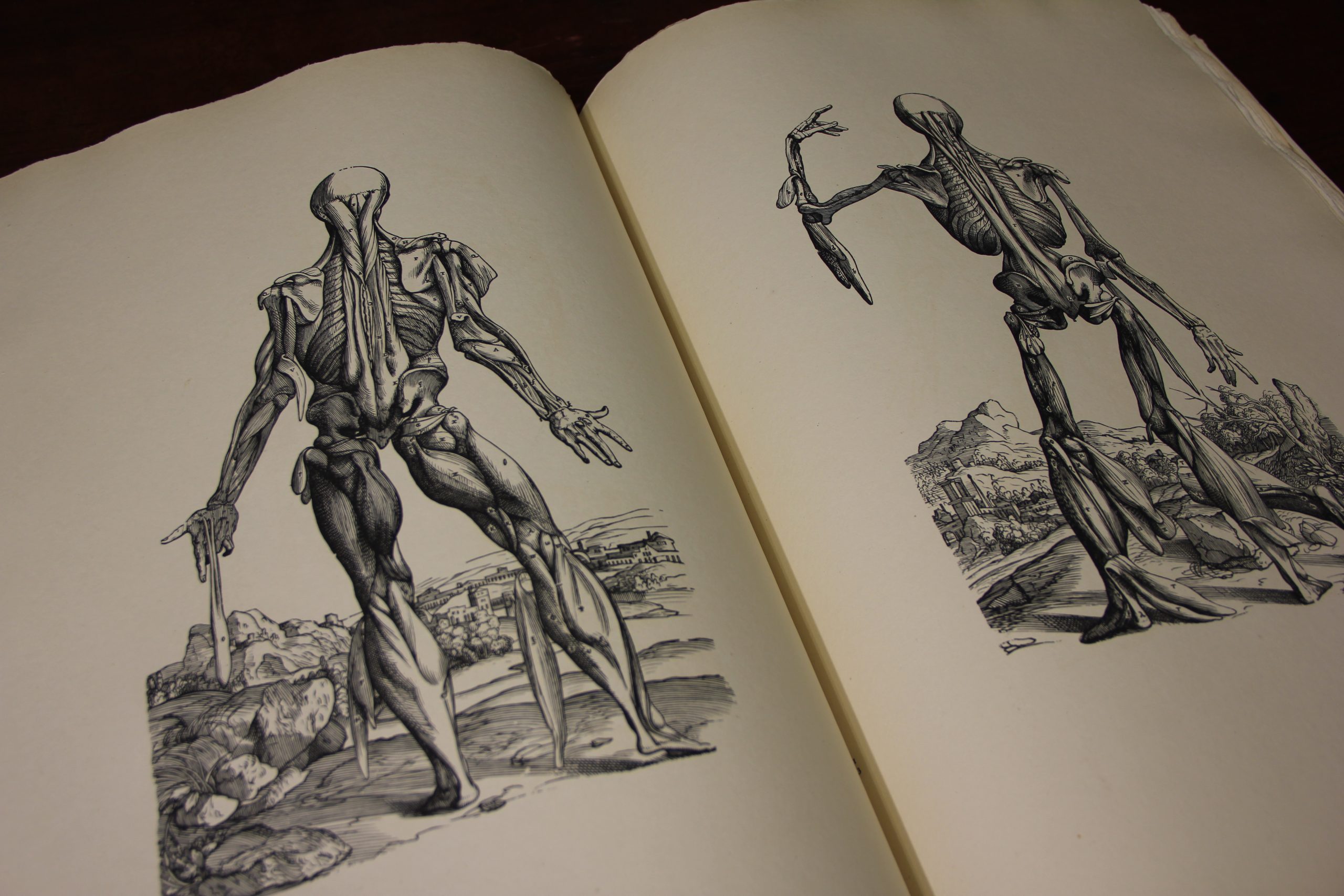
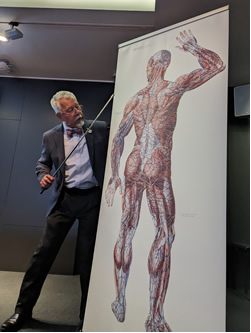
Mascagni, is the largest anatomical book ever printed, of which there are only 16 known copies in the world – one at the Winkler Center. Anatomist Paolo Mascagni (1755-1815), worked on this masterpiece for 25 years, and after his death, the Mascagni family contracted with the artist Antonio Serantoni to complete the work. All plates were drawn, engraved and hand-colored with meticulous detail, beauty and accuracy by Serantoni from 1823-32.
The presentation will examine the life of Mascagni and the history of the plagiarist and thief that stole his prints. Miranda will illuminate the presentation with examples of mega drawings that are on display around the world, some measuring 14 feet in height.

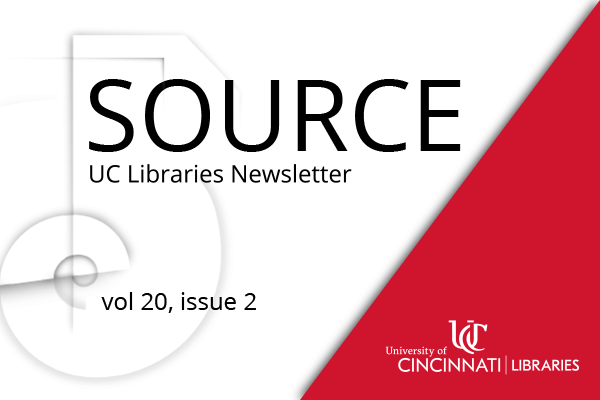
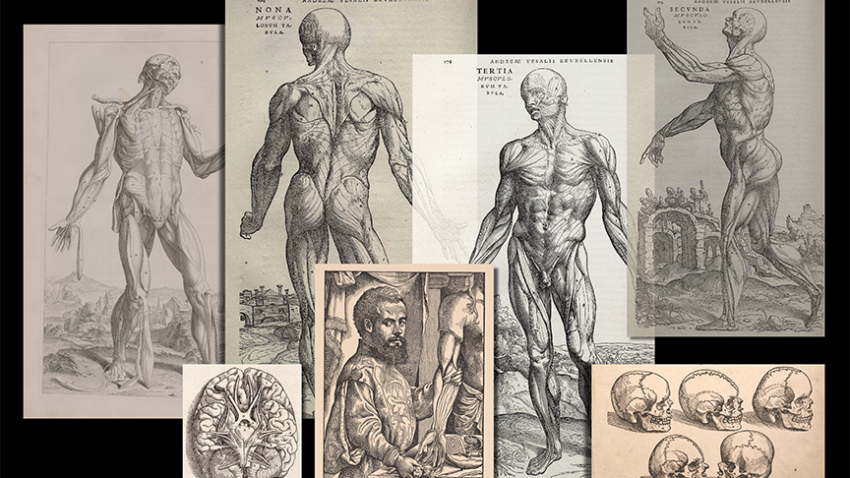 On Tuesday, March 15, 2022, at 5:30 p.m., Bruce Giffin and Cynthia Klestinec will present, “Innovative Teaching of Human Anatomy beginning in the 1500s and Vesalius.”
On Tuesday, March 15, 2022, at 5:30 p.m., Bruce Giffin and Cynthia Klestinec will present, “Innovative Teaching of Human Anatomy beginning in the 1500s and Vesalius.” Following the lecture will be a reception held in front of the Henry R. Winkler Center for the History of the Health Professions (next to Kresge Auditorium). Exhibits showcasing the life and work of Andreas Vesalius will be available for viewing in both the Donald C. Harrison Health Sciences Library and the Winkler Center’s Stanley J. Lucas Board Room.
Following the lecture will be a reception held in front of the Henry R. Winkler Center for the History of the Health Professions (next to Kresge Auditorium). Exhibits showcasing the life and work of Andreas Vesalius will be available for viewing in both the Donald C. Harrison Health Sciences Library and the Winkler Center’s Stanley J. Lucas Board Room.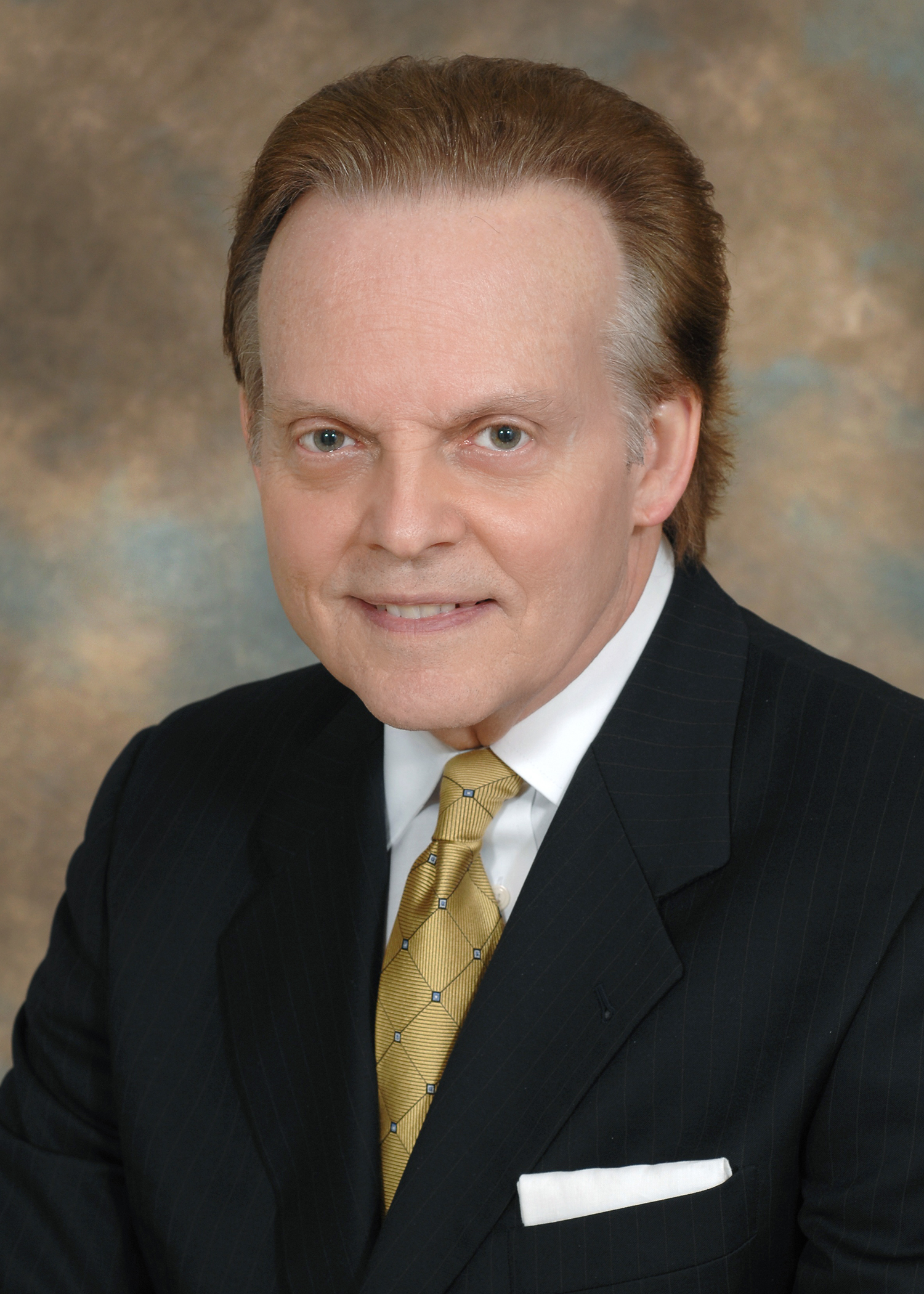
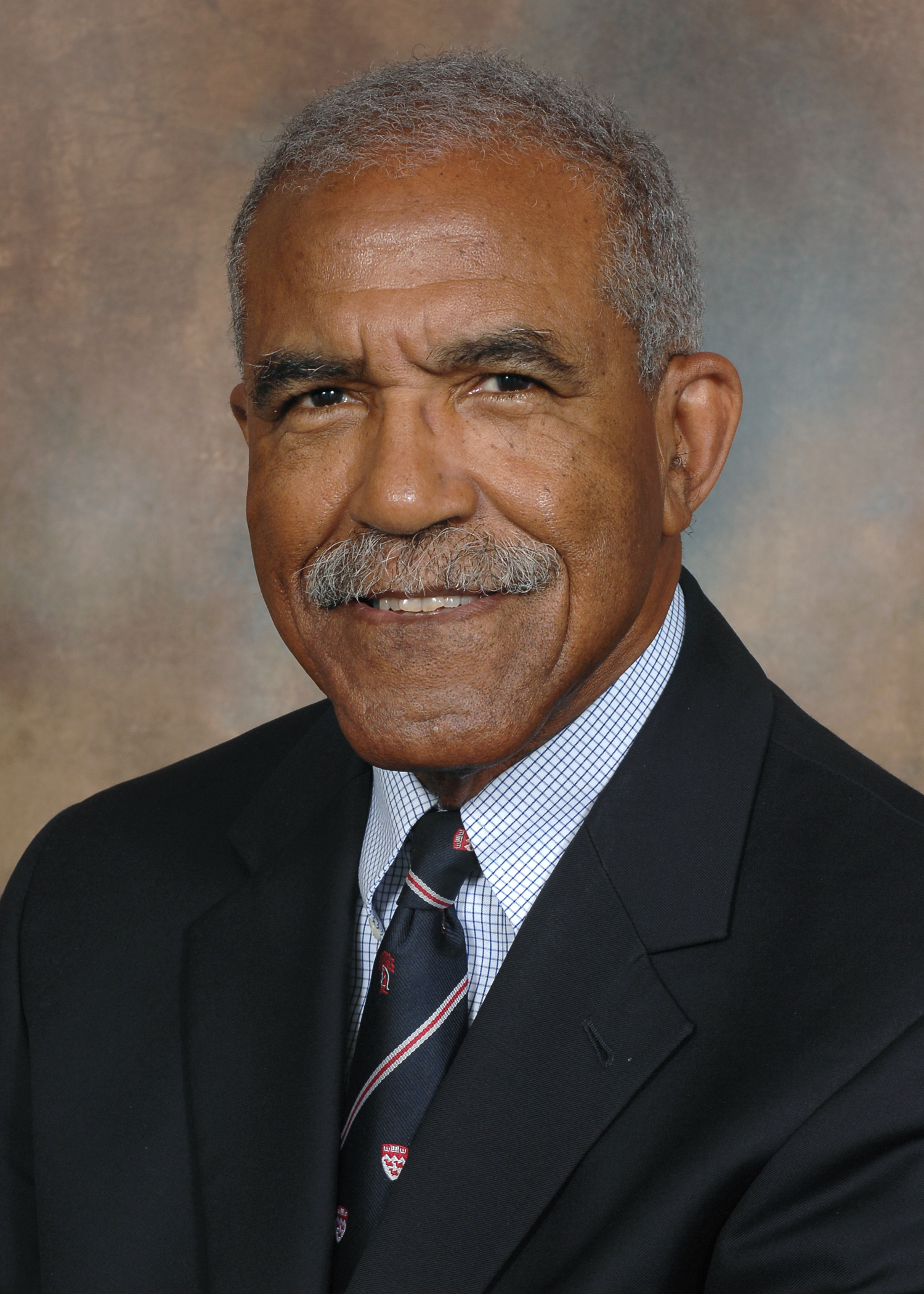

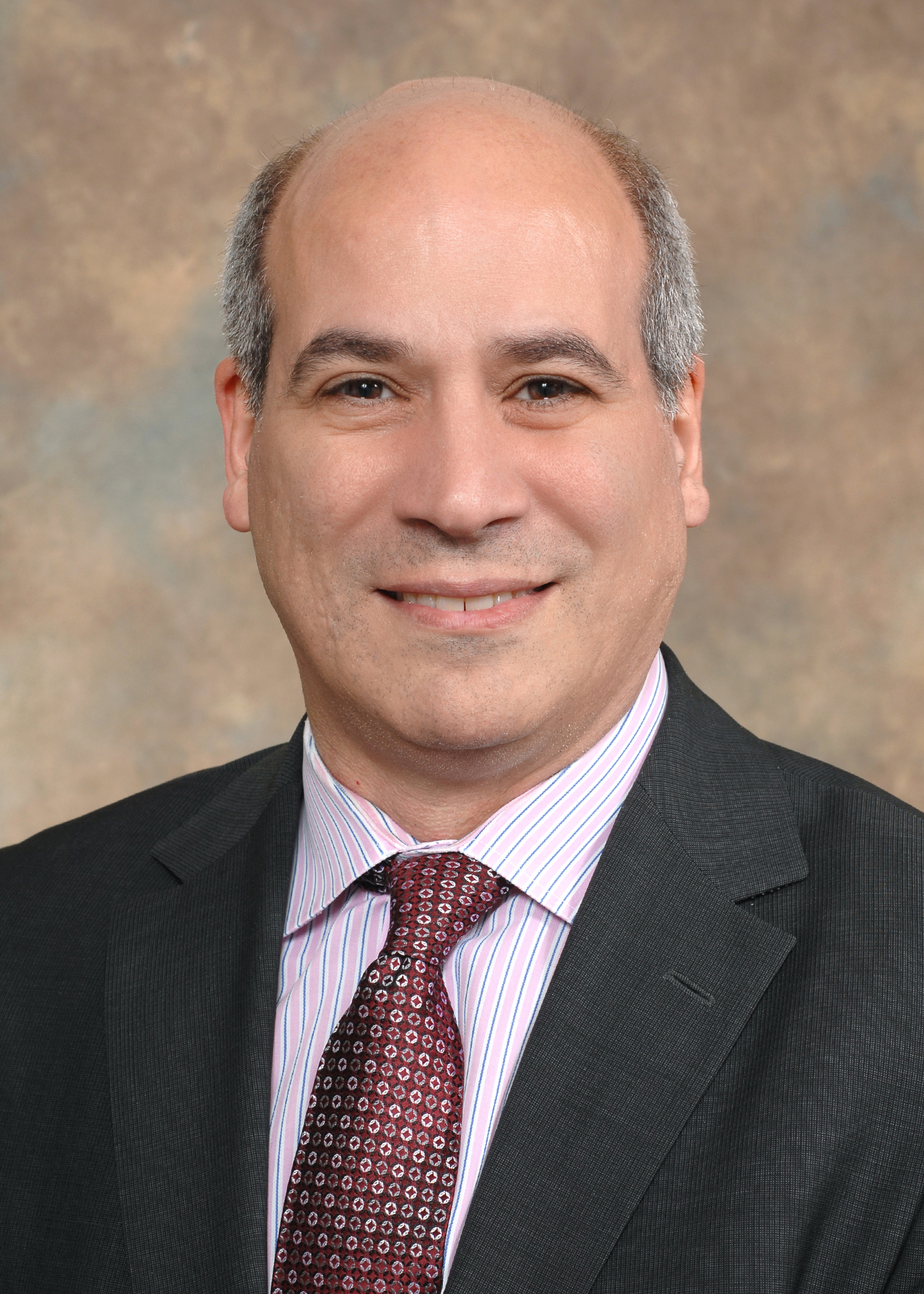
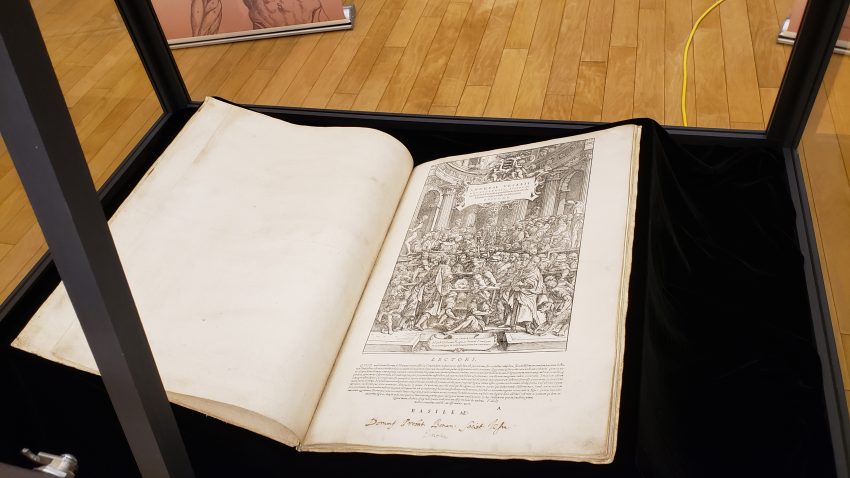
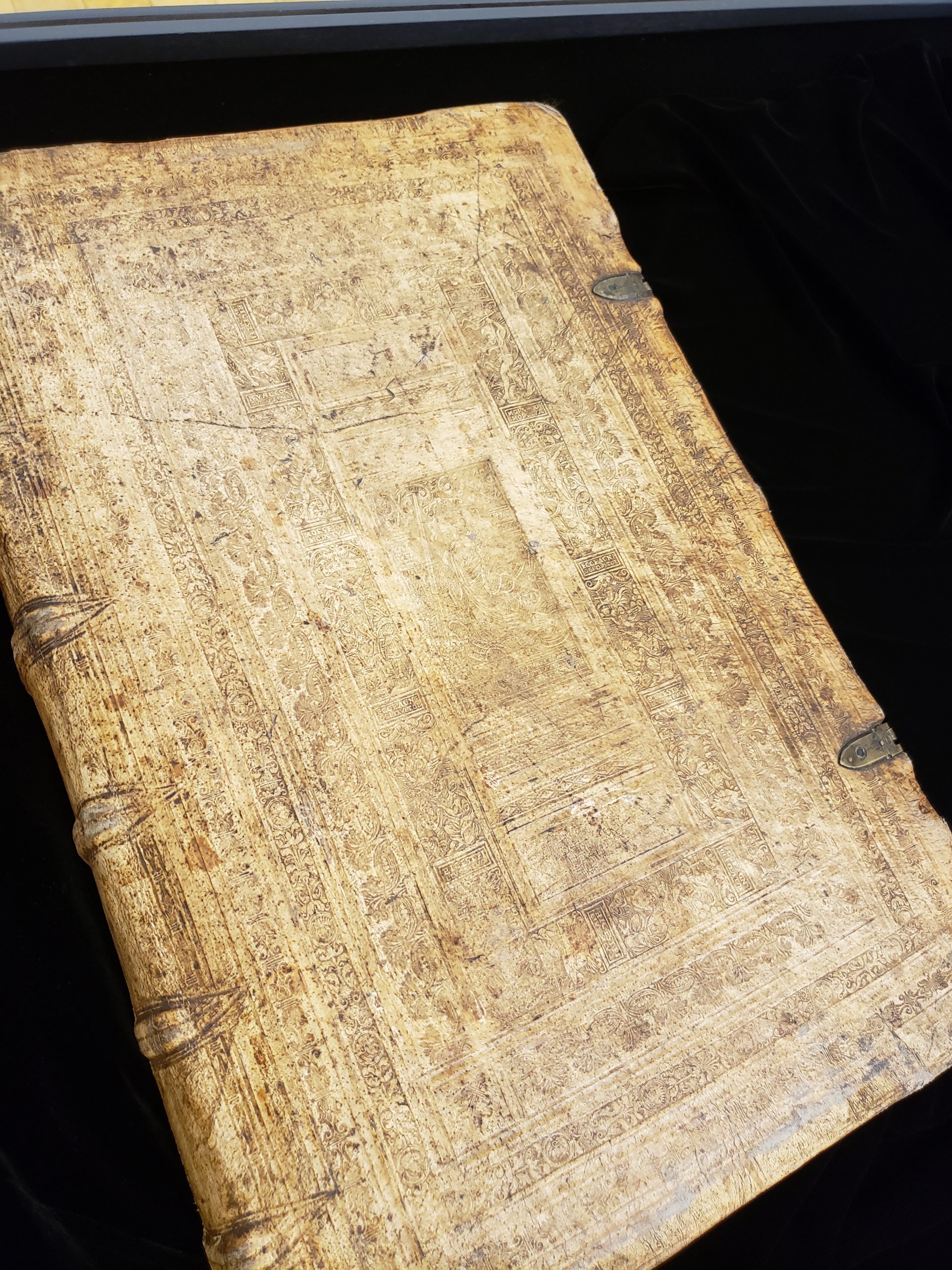 The Henry R. Winkler Center for the History of the Health Professions invites you, as part of its Illustrated Human: The Impact of Andreas Vesalius lecture and exhibit series, to register for an up-close-personal look at Vesalius’s 1543 and 1555 editions of De humani corporis fabrica (“On the Fabric of the Human Body in Seven Books”). “Fabrica” was the most extensive and accurate description of the human body of its time. Most likely drawn by Vesalius colleague Jan Stephan a Calcar and Italian artist Titian, “Fabrica” is widely known for its illustrations, where skeletons and bodies with exposed muscular structures pose in scenic, pastoral settings.
The Henry R. Winkler Center for the History of the Health Professions invites you, as part of its Illustrated Human: The Impact of Andreas Vesalius lecture and exhibit series, to register for an up-close-personal look at Vesalius’s 1543 and 1555 editions of De humani corporis fabrica (“On the Fabric of the Human Body in Seven Books”). “Fabrica” was the most extensive and accurate description of the human body of its time. Most likely drawn by Vesalius colleague Jan Stephan a Calcar and Italian artist Titian, “Fabrica” is widely known for its illustrations, where skeletons and bodies with exposed muscular structures pose in scenic, pastoral settings.